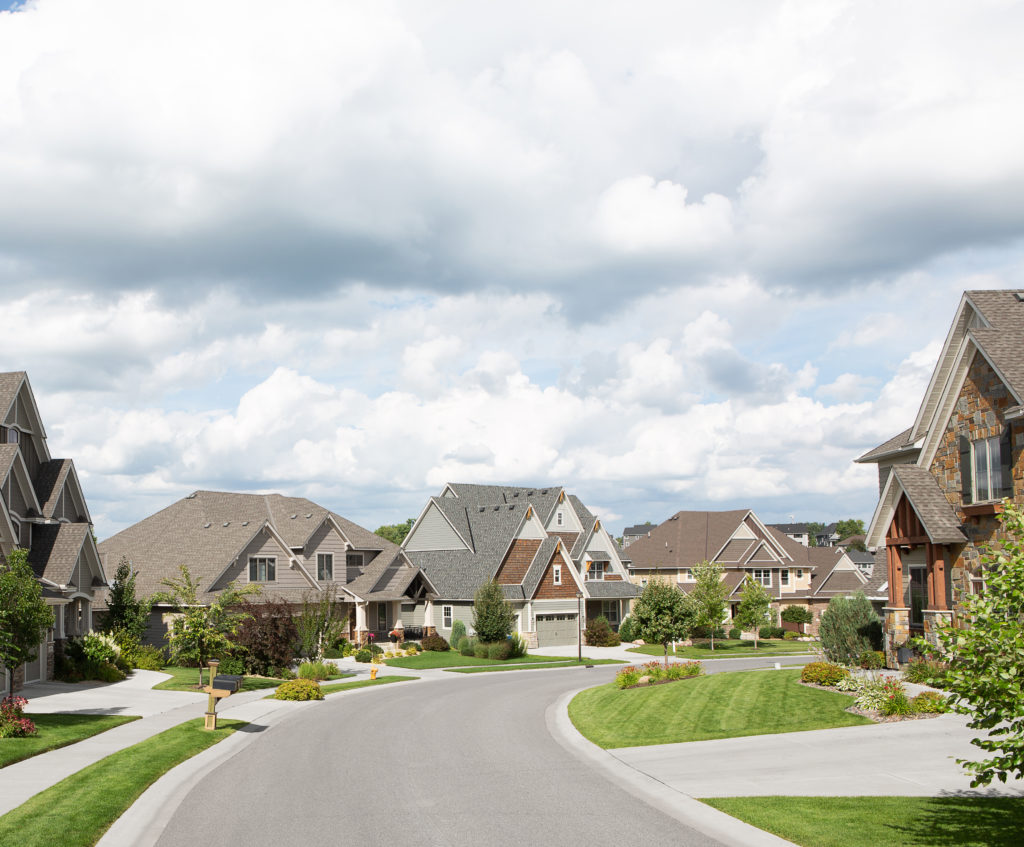
The Trump administration’s plan to eliminate a rule that aims to undo policies promoting segregation and unfair housing patterns is a bad move that will keep us from creating more equitable neighborhoods.
The Affirmatively Furthering Fair Housing rule (AFFH), enacted during the Obama administration, sought to bring accountability to state and local governments, by instituting processes like fair housing assessments and goals for overcoming patterns and causes of segregation. This 2015 regulation stemming from the 1968 Fair Housing Act was created to force local governments to work toward more equitable housing in their communities. It was a necessary step toward confronting hard truths and repairing generations of inequity.
But in July, Ben Carson, the head of the Department of Housing and Urban Development, claimed the provision is too expensive, complicated and ineffective. By eliminating the rule, the president said suburban home values would go up and the dream lifestyle of many Americans would be preserved because there would no longer be a push to build low-income housing in more affluent areas.
We need brave leadership to ensure future generations aren’t further disadvantaged by inequitable housing policies.
Ignoring segregated neighborhoods that confine people of color and those with lower incomes to neighborhoods with fewer parks, playgrounds, stores, banks and other amenities — where home values are lower and grow more slowly — doesn’t help people in those communities achieve that dream lifestyle. And our analysis of more than 3,000 low-income housing projects in the nation’s 20 least-affordable markets shows that, with a couple exceptions, low-income housing developments do not negatively impact nearby home values.
In addition, neighborhoods where single-family, detached homes are the norm — the neighborhoods Trump says he is trying to preserve — are home to higher-than-average shares of white households across each of the country’s 50 largest metro areas. We shouldn’t remove tools that help highlight the connection between single family homes and residential segregation.
The US housing market is deeply rooted in blatantly racist policies like redlining — the government-sanctioned systematic denial of home loans in predominantly non-white neighborhoods — the harmful impacts of which remain evident in our communities. While those policies are no longer codified in law, their outcomes are replicated today through zoning that doesn’t allow for rentals and affordable homes, unequal mortgage and credit access and other systemic failures.
Our analysis of more than 3,000 low-income housing projects in the nation’s 20 least-affordable markets shows that, with a couple exceptions, low-income housing developments do not negatively impact nearby home values.
For a variety of reasons that include inequity in U.S. education, healthcare and other systems, Black and Latinx households have lower incomes than white households, on average. Local policies that create barriers by systemically banning or disincentivizing the home type or housing price points that keep those families out of wealthy and white areas are exactly what the Obama administration’s AFFH rule was set up to identify and correct. It wasn’t just meant to create housing options for those families today, it was also was meant to open up wealth-building opportunities for future generations.
Nearly a century ago, neighborhoods with Black residents were redlined as “hazardous” for mortgage lending, blocking Black families from buying homes and generating wealth through equity over time. Homes in those neighborhoods still gain value more slowly than in areas that were once rated more highly, continuing that racial wealth gap.
Black applicants are denied a mortgage 80% more often than white applicants, and all mortgage applicants are more likely to be denied when they live in ZIP codes composed of predominantly Black households.
The gap between the Black and White homeownership rate has grown through the past century. Ignoring inequality, which the Trump administration is doing by eliminating this rule, will not make it go away.
We need brave leadership to ensure future generations aren’t further disadvantaged by inequitable housing policies. Local leaders shouldn’t wait for Washington, cities and municipalities should re-examine their zoning and building requirements and make policy changes to help all residents realize the power of what a home can provide.
Originally published on CNN Business Perspectives.